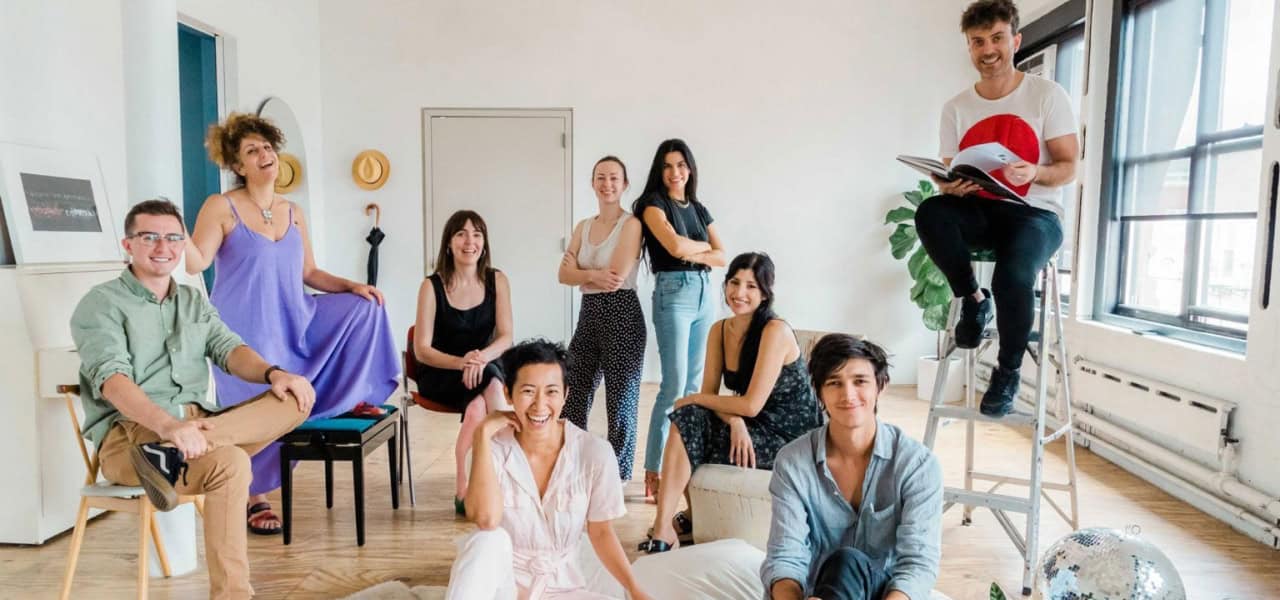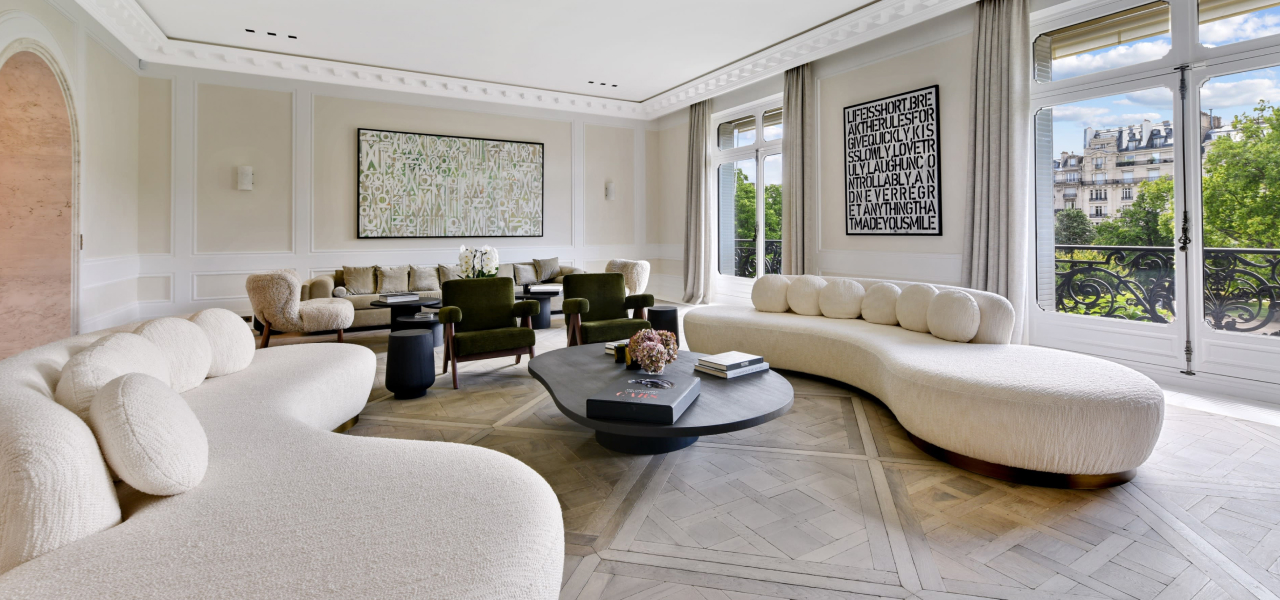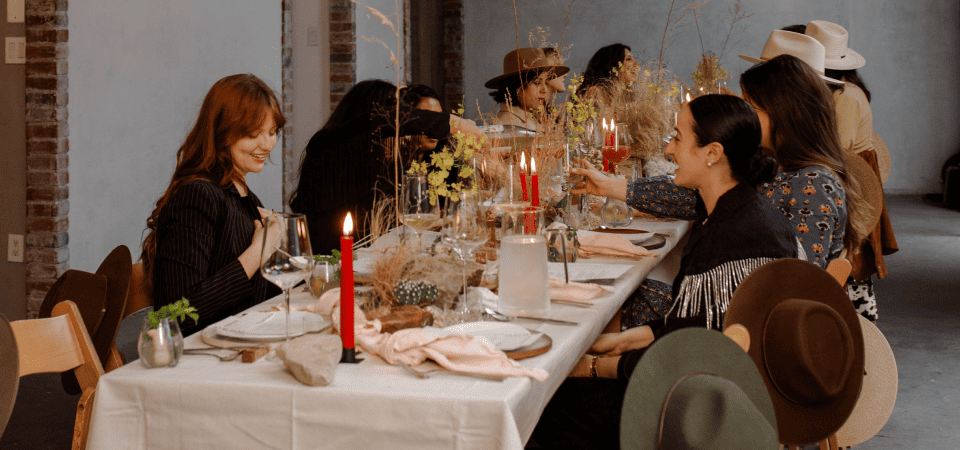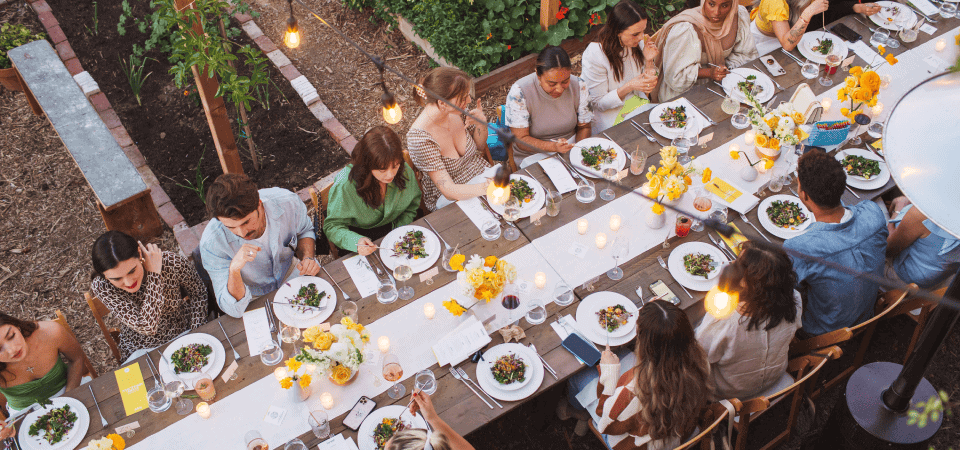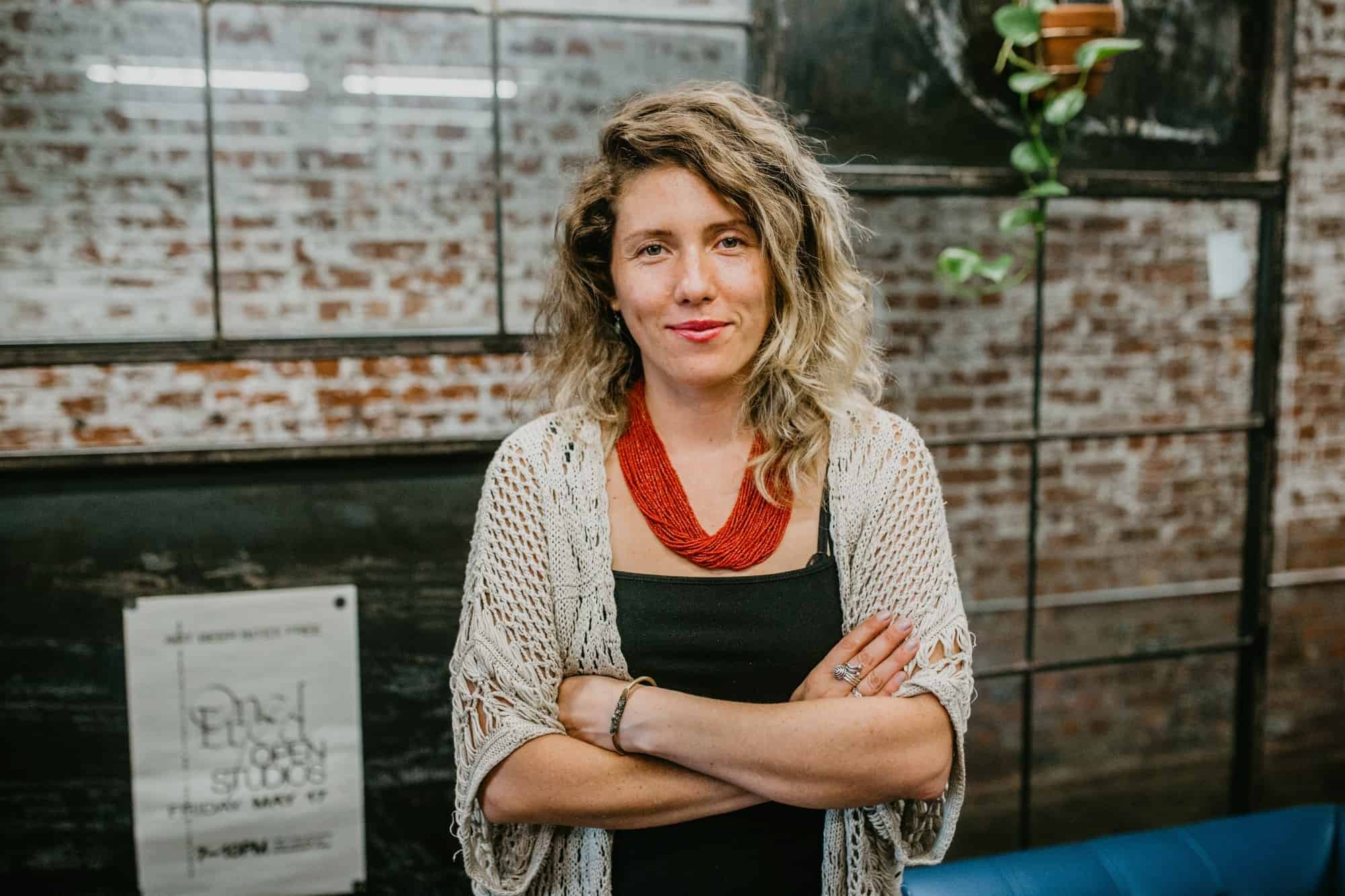9 Trends in Creative Experiences — Where We’re Headed in 2017

With the ever-evolving advances in technology and social media, the way people are creating experiences is changing as well. These advances continue to disrupt the status quo leaving people with more options than ever to pursue their passions. We’re seeing more musicians, influencers, and entrepreneurs expressing their creativity in nontraditional ways and finding success on their own terms.
Yet, even with self-driving cars, Snapchat’s Spectacles, and virtual reality, we predict the need for human connection will only increase in the year ahead. Concerts will get more intimate, fashion will become more experiential, and a new generation of content creators will find creative ways to bring their visions to life. Here’s our predictions for where experiences are headed for 2017.
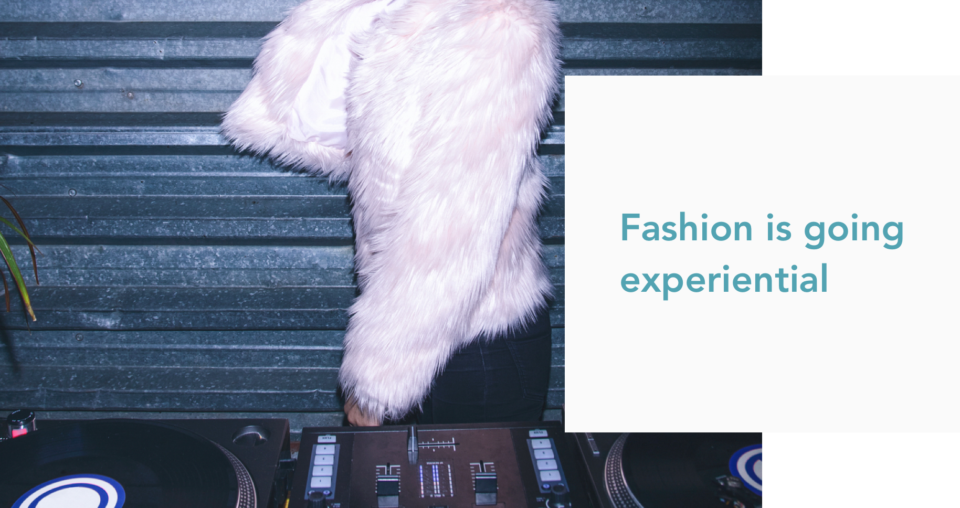
In 2016, we saw a rise in fashion brands taking their products off the catwalk and making their shows more experiential. We expect more brands will follow suit through unexpected pop-ups and offering new ways for consumers to buy their products. We talked to Gucci’s Senior Marketing Manager, Mike Crooks, who believes, “There’s going to be a push for brands to create a non-traditional presentation. That could mean using someone’s house, renting out a museum or bar, or choosing a unique place to congregate. For products and brands, it’s not just showing off a cool product, it’s saying, ‘let’s bring in cocktails, let’s bring in music” — it’s the whole experience.”
In addition, the catwalk will become more experiential as well. In Vogue’s “The Future of the Fashion Show,” Nicole Phelps discusses the changing fashion industry, saying, “Perhaps nowhere will the changes be more perceptible than in the runway shows themselves. When the Spring 2017 women’s collections roll around, Burberry and Tom Ford will be presenting in-season merchandise, ready for purchase straight off the runway.”
This trend isn’t just for high-end brands either. Up-and-coming brands, entrepreneurs, and makers of all kinds have more options to market their products in non-traditional ways. Before, smaller brands would have to go through big department stores’ buying process, now, anyone can create an online store and find space to sell products to connect with consumers in person.

Online courses and customized learning programs will continue to gain popularity. However, we will see a convergence of online and offline learning. In-person meetings will supplement online learning by providing the one key element to education that can’t be replicated online: face-to-face idea sharing and collaboration. In 2016, we saw a 93% increase in bookings for these types of educational workshops and we don’t suspect the need to be slowing down anytime soon.
According to Meetup’s Communication Director, Kristin Hodgson, tech Meetups are one of the most popular types of Meetups on the platform. She says, “It’s probably self-evident why these groups attract so many members, but to spell it out — if you’re planning a career change, if you want to learn to code, if you want advice to make your small business more successful, getting support from other people who are pursuing the same thing is the best way to get ahead. These Meetups become an important avenue for people to learn a new skill, hear a new perspective, and make valuable connections.”

Companies are ditching stuffy corporate protocol and seeking out non-traditional ways to do business. They are using Uber and Lyft instead of taxis, Airbnb instead of hotels, and looking for unique spaces instead of traditional banquets and dull meeting spaces.
“At Peerspace, we are seeing companies large and small turning to our marketplace for space to meet, present, create, collaborate and celebrate. There is something important and impactful about gathering with colleagues or clients in a space that isn’t your own. A new environment can often spark new thoughts and deepen engagement levels,” said Peerspace founder and CEO, Rony Chammas. “Professionals view their experiences in these spaces as a refreshing change of pace from their day to day.”
According to a recent study by Concur, in the last eight quarters, there has been over $77 million in Airbnb spend among Concur’s business travelers. As large organizations get comfortable with using services outside of traditional models, more professionals are opting to try something more interesting, or convenient, when it comes to travel, lodging and meeting and event spaces.

With more options than ever before to get your sweat on, gyms will become a thing of the past. Fitness teachers and entrepreneurs are able to build their business by holding wellness workshops and pop-up classes without needing the approval from a studio ahead of time. Because of this, it’s no surprise that we’ve seen a surge in bookings for yoga workshops, dance workouts, and even meditation classes.
Additionally, more people are training with their favorite fitness instructors from the comfort of their home. Fitness streaming sites like Cody App have seen great success connecting their community of teachers with students. We’ve seen a 37% increase in streaming services and fitness instructors booking space to film ahead of time so that students have the ability to take classes on their own time.

According to Bridal Guide, many couples are marrying later when they have incomes and careers of their own. This means mom and dad aren’t footing the bill for extravagant weddings like they once were before. Instead of booking something lavish, we’ll see more DIY efforts, a scaled back guest list, and less traditional wedding venues.
In the past year, we’ve seen more interest in unexpected venues like local craft breweries that are less expensive options than traditional wedding venues. White-walled raw spaces will also be in vogue, due to their flexibility to make brides’ DIY dreams come true.

In the past, finding a location for a film or photo shoot either involved driving around for hours on end or hiring professional location scouts, which are often pricey. Nowadays, there are easier, less expensive options for people on any budget. The exclusivity about “being in the know” on the best filming locations will be a thing of the past as more tools become available to provide transparency and access to unique spaces.
In addition to these online services, award-winning filmmaker, Matt Maniego, mentioned how the industry looks to Instagram’s geolocation feature to find cool locations from other filmmakers he follows. By cutting out the need for expensive location scouts or overwhelming Google searches, photographers and filmmakers will have more time to focus on their creative projects.

With the rise in YouTube influencers, we’ve seen many companies partner with these vloggers to shoot sponsored videos and interviews. Brands understand the power of video influencers and are investing dollars to connect with their audience, especially, millennials, who are watching less TV and tuning into YouTube more than ever before.
Video marketing took over in 2016 and is expected to grow even more in the coming years. According to Cisco, video will constitute 80% of internet traffic in 2019. In a recent study, it showed millennials attention spans have decreased 13% year-over-year. This means content marketers are challenged more than ever to catch and keep consumers’ interests.
To acquire and keep customers’ attentions, we expect to see more video content from brands. Steve Olensky tells Forbes, “Video marketing is playing a larger role in customer acquisition and engagement with four times as many consumers preferring to watch a video about a product over reading about it.”
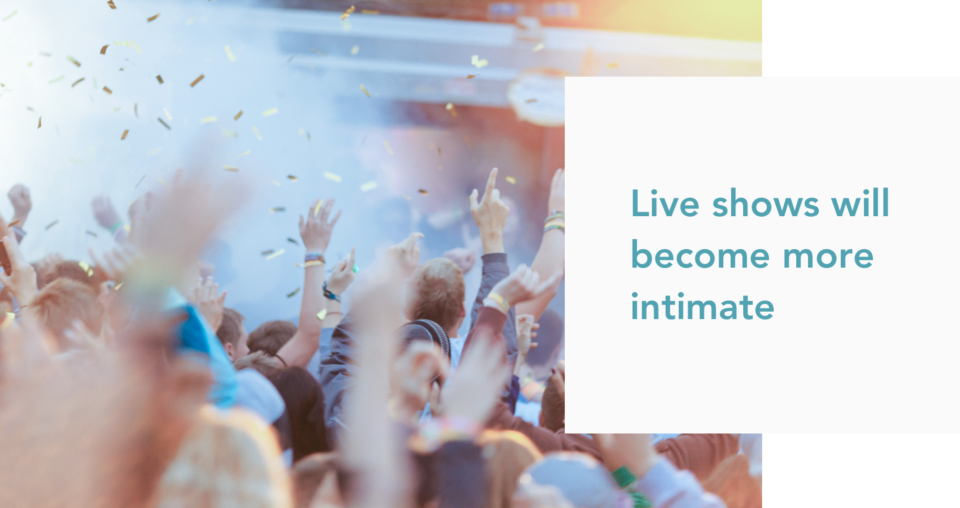
Instead of crowded arenas and venues, we’ll start seeing more artists, comedians, and podcasters hosting secret pop-up performances in unusual spaces. We talked to Tom Lovett, the Global Commercial Director of SoFar Sounds, which connects musicians and artists to guests in small secret viewing parties. He believes, “what makes live music special is connection and community. So often that’s the exact opposite of what you get from an arena. Intimate venues bring people together both physically and metaphorically, which allows them to actually connect with the artists performing, as well as enjoy truly shared cultural experience with a crowd.”
In the same realm of creating intimate experiences, we’ll start seeing more artists opting for a deeper connection with their fans. Services like Yondr, which allow venues to create phone-free spaces, are paving the way for this to happen. Celebrities like Alicia Keys and Dave Chappelle have already tried this service to encourage fans to put their phone away to “be here now.” This means artists

In the age of YouTube and social media, everyone can be a creator. We’ll see an influx in creatives straying from traditional media conglomerates like record labels or production houses and finding other ways to promote their work. In the music industry, platforms like Soundcloud have given independent artists a voice to reach a larger audience. Take Chance the Rapper for example, the 23-year-old hip hop artist refuses to sign with a record label and instead, has released all three of his mixtapes for free. He’s gained a ton of press for doing so, proving artists no longer need record labels to get their foot in the door.
Same goes for filmmakers and photographers — if you have a vision in mind, you have everything in your arsenal to make your creativity come to life. Services like BorrowLenses, which offer professional gear for rent, and Stage32, which teach production skills online, can turn any aspiring artist into a pro.
It’s an exciting time for artists, entrepreneurs, and creatives who, with the right amount of hustle and determination, have the ability to pursue their passions.

